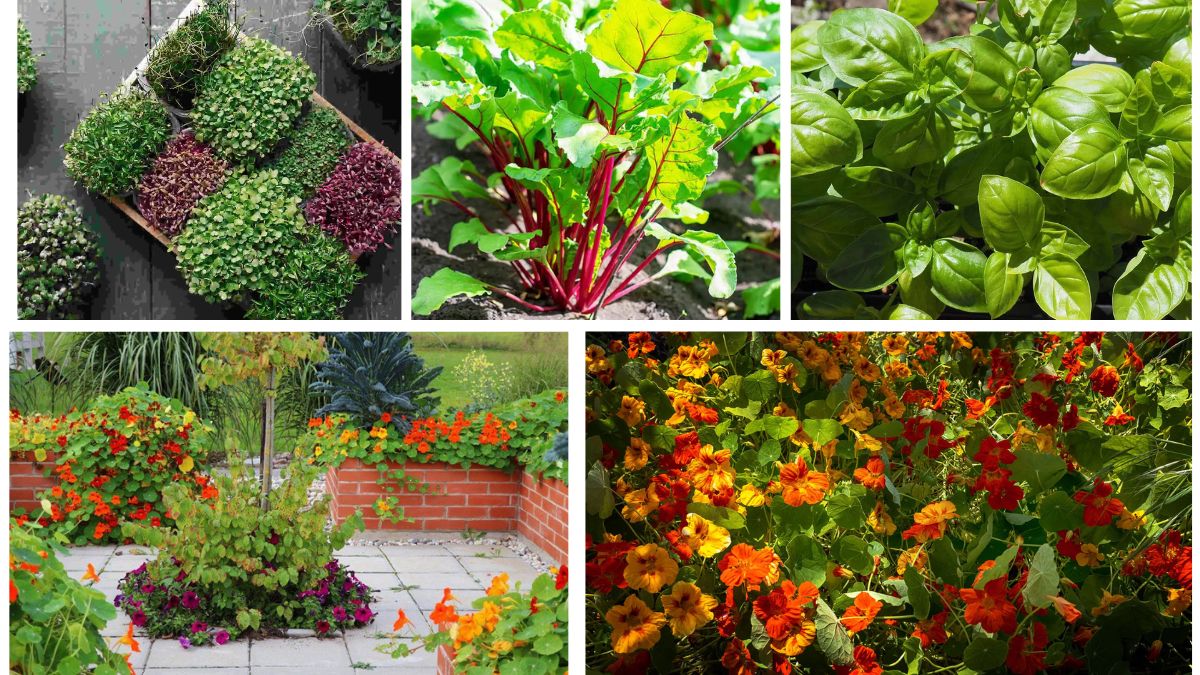A home garden is more than just a space for ornamental plants—it can also be a mini supermarket right outside your door. While most people grow fruits, vegetables, or herbs, many overlook the treasure of plants with edible leaves that can add both nutrition and flavor to your daily meals. These leafy greens are easy to grow, often resilient, and can turn your garden into a hub of health and culinary delight. From salads and teas to stir-fries and garnishes, edible leaves are versatile and rewarding.
In this article, we’ll explore five unique garden plants with edible leaves that you can grow at home. These plants not only provide a steady supply of nutrient-rich greens but also add texture, beauty, and diversity to your garden.
1. Malabar Spinach (Basella alba)
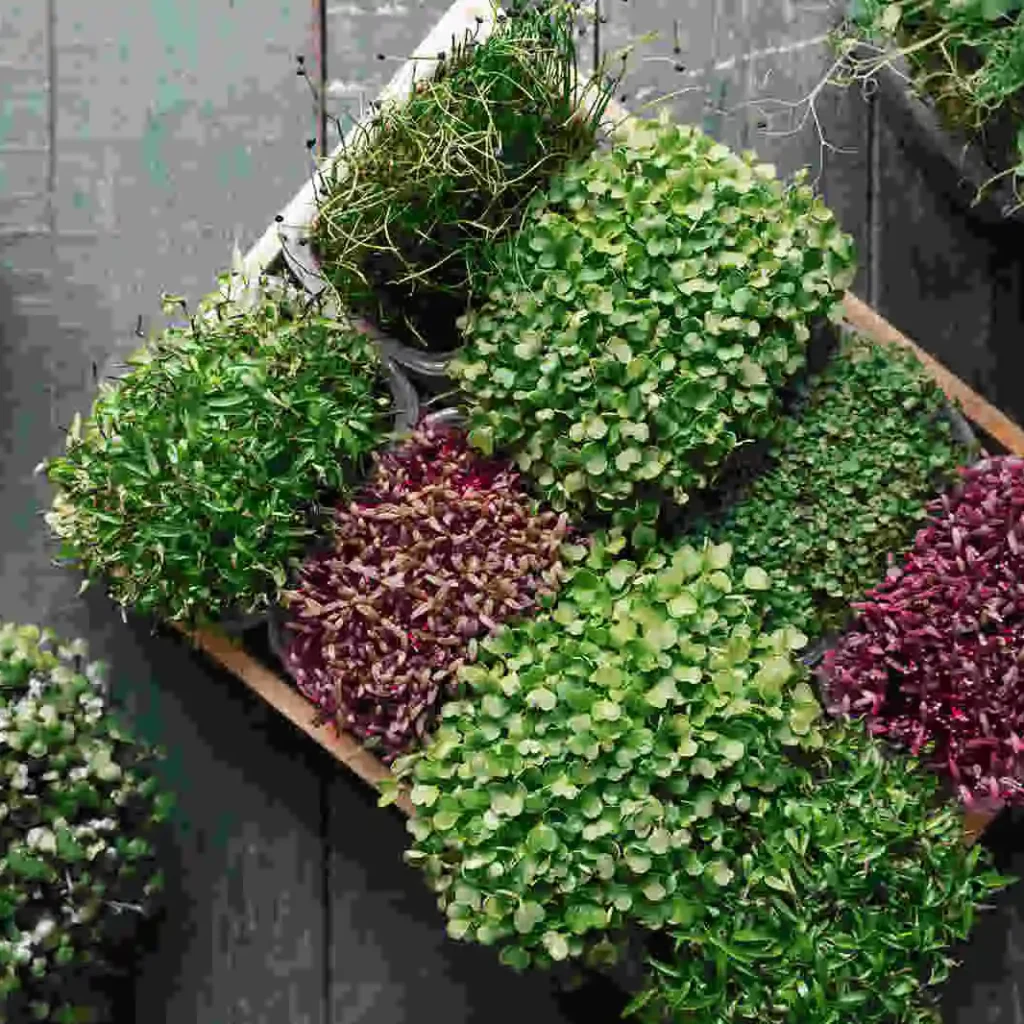
Malabar spinach is a tropical climbing plant that thrives in warm and humid climates. Unlike regular spinach, which prefers cooler temperatures, Malabar spinach is heat-tolerant and grows vigorously during summer months when other leafy greens struggle.
Why Grow It?
- The leaves are thick, glossy, and slightly mucilaginous, making them perfect for soups and curries.
- It is an excellent source of vitamins A and C, calcium, and iron.
- The plant also produces striking red or purple stems and small flowers, adding beauty to your garden.
Growing Tips:
- Malabar spinach is a climbing vine, so provide a trellis or support.
- Plant it in well-draining soil enriched with compost.
- It thrives in full sun but tolerates partial shade.
- Water regularly to keep the soil moist.
Uses in the Kitchen:
- Add raw leaves to salads for a crunchy texture.
- Use in stir-fries, dal, or curries where its slightly slimy texture works as a natural thickener.
- Combine with garlic and spices for a nutrient-rich side dish.
2. Sweet Potato Leaves (Ipomoea batatas)
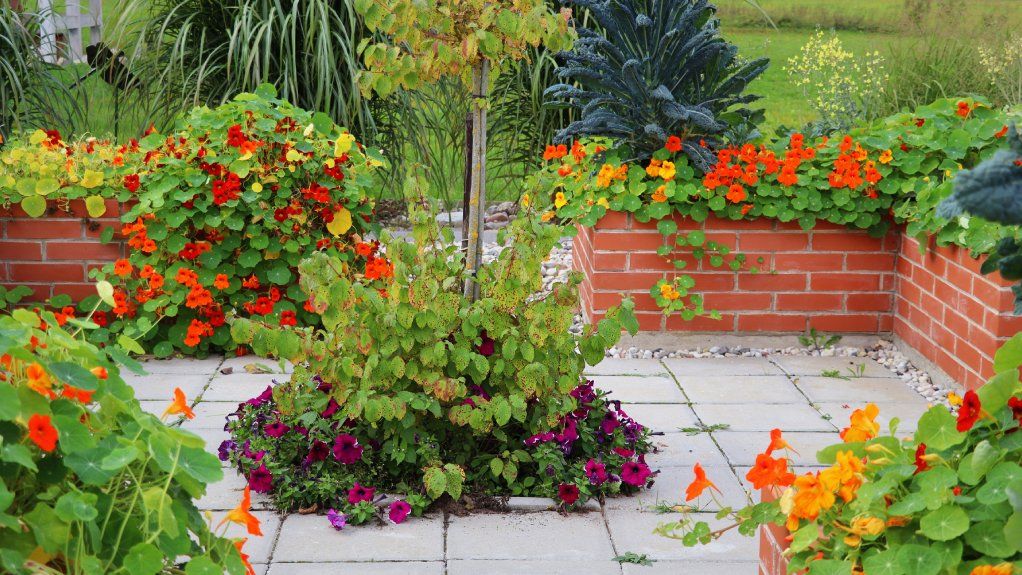
Sweet potatoes are commonly grown for their tubers, but many gardeners don’t realize the leaves are also edible and highly nutritious. These lush green leaves are tender, mild in flavor, and packed with health benefits.
Why Grow It?
- The leaves are rich in antioxidants, vitamins A, B, and C, as well as iron and calcium.
- They are more resistant to pests compared to other leafy greens.
- Growing sweet potatoes provides both edible roots and leaves, offering a dual harvest.
Growing Tips:
- Sweet potatoes thrive in warm climates with loose, sandy soil.
- Plant slips or cuttings in raised beds or large containers.
- The vines spread quickly, so ensure adequate space or use trellises for vertical growth.
- Harvest leaves regularly without damaging the main vine.
Uses in the Kitchen:
- Tender young leaves can be steamed or sautéed with garlic.
- Perfect for soups, stews, and stir-fries.
- Can be used as a spinach substitute in many dishes.
3. Moringa (Moringa oleifera)
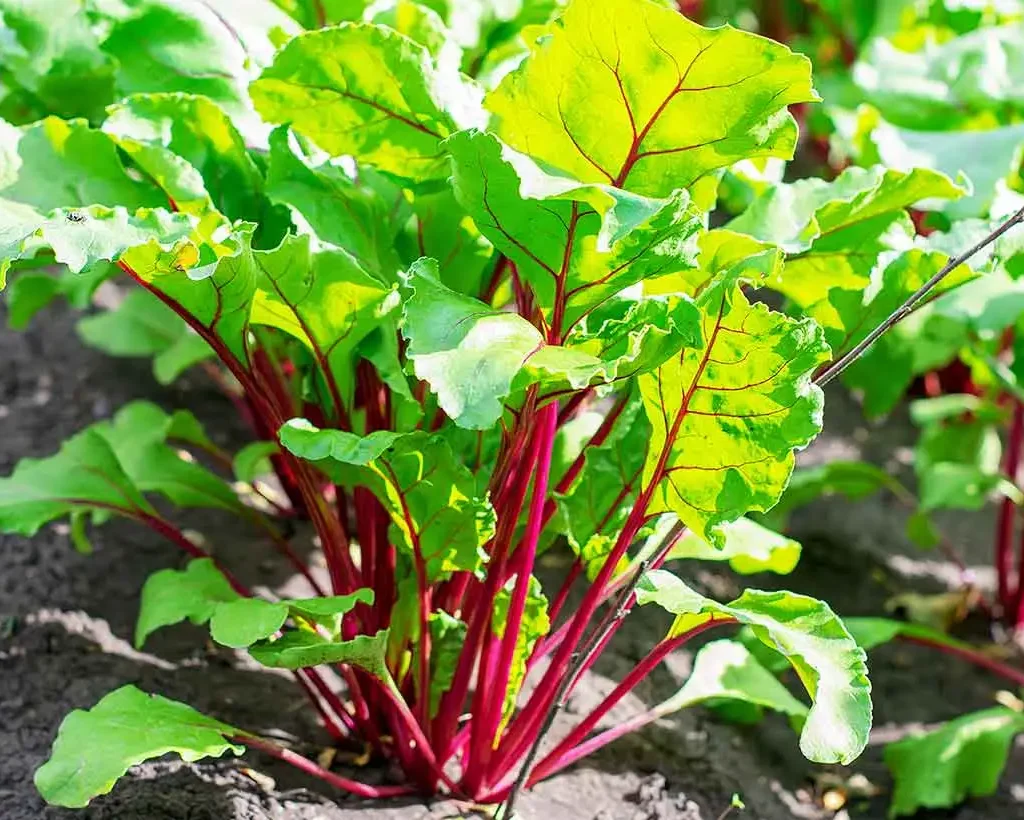
Often called the “Miracle Tree”, moringa is a fast-growing plant native to South Asia and Africa. Its leaves are highly prized for their incredible nutritional content and medicinal properties.
Why Grow It?
- Moringa leaves are rich in protein, vitamin C, iron, potassium, and essential amino acids.
- The plant is drought-tolerant and thrives in poor soils, making it extremely low-maintenance.
- It grows quickly, ensuring a continuous supply of leaves throughout the year.
Growing Tips:
- Moringa can be grown from seeds or cuttings.
- Plant in well-draining soil with full sunlight.
- Water moderately—moringa does not tolerate waterlogging.
- Prune regularly to encourage bushy growth and prevent the tree from becoming too tall.
Uses in the Kitchen:
- Fresh moringa leaves can be used in salads, smoothies, and herbal teas.
- They are often cooked in soups, curries, and stews for a nutritional boost.
- The leaves can also be dried and ground into powder, perfect for adding to smoothies or baked goods.
4. Nasturtium (Tropaeolum majus)
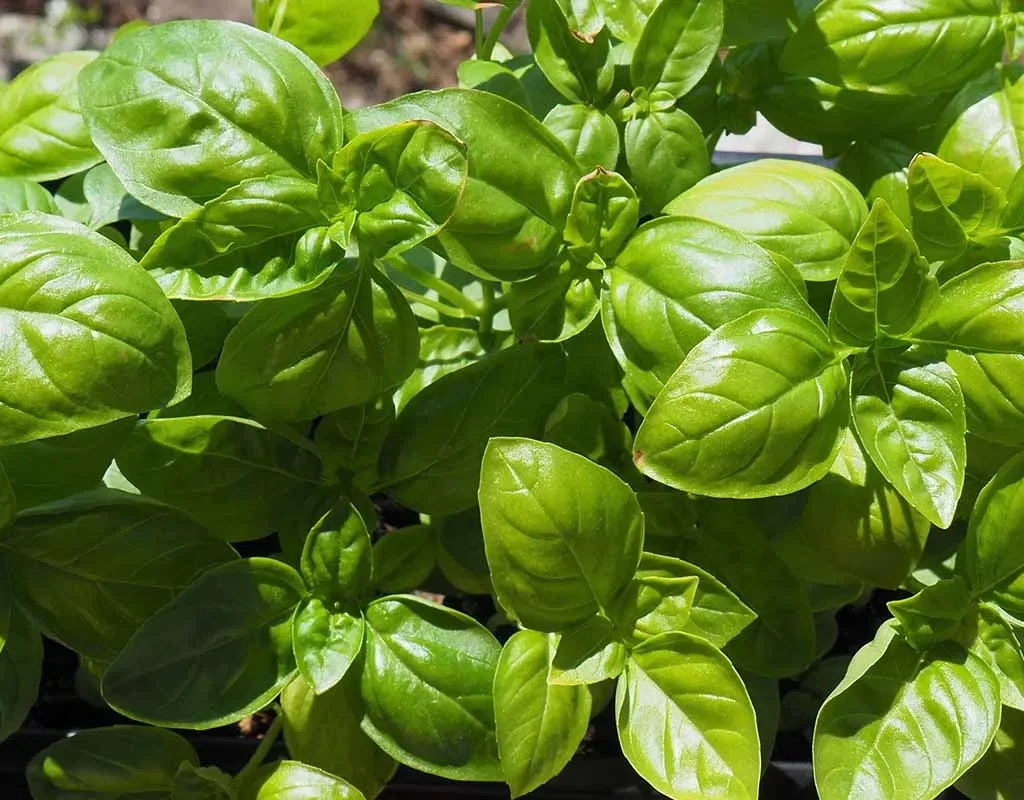
Nasturtiums are not only ornamental flowers but also edible plants with peppery-flavored leaves that resemble the taste of watercress. This makes them an exciting addition to both gardens and plates.
Why Grow It?
- Nasturtiums are easy to grow and work well as ground covers or hanging plants.
- The leaves, flowers, and even seeds are edible.
- They attract pollinators like bees and butterflies, while also deterring garden pests such as aphids.
Growing Tips:
- Plant nasturtiums in well-draining soil with moderate fertility (too much fertilizer reduces flowering).
- They grow well in containers, hanging baskets, and borders.
- Choose a sunny spot, though they tolerate partial shade.
- Water consistently but avoid overwatering.
Uses in the Kitchen:
- Use fresh leaves in salads or sandwiches for a peppery kick.
- Add as garnish for soups and egg dishes.
- Pair with cheese or cream-based dishes to balance flavors.
5. Amaranth (Amaranthus spp.)
Amaranth is a versatile plant grown both for its edible leaves and nutrient-rich seeds. The leaves come in vibrant shades of green, red, or purple, making them not only nutritious but also visually stunning.
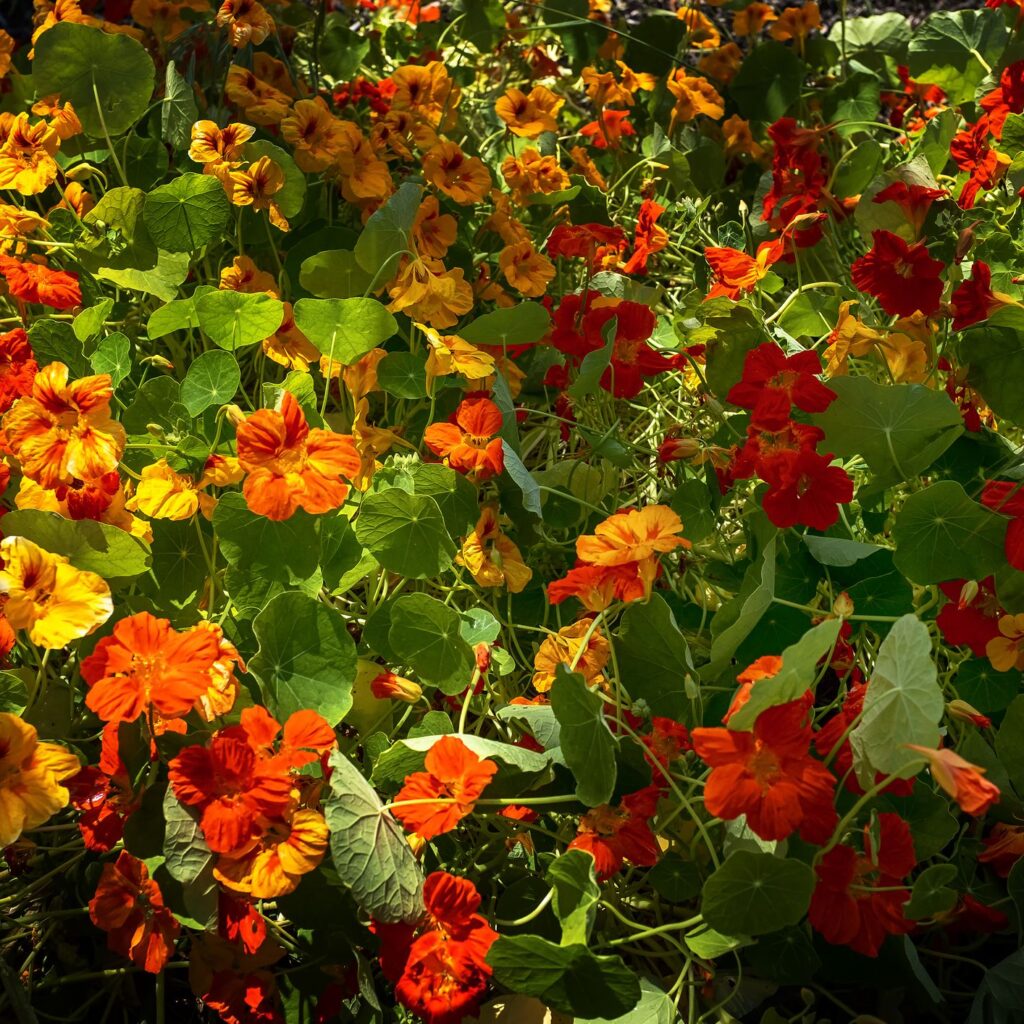
Why Grow It?
- Amaranth leaves are rich in vitamins A, C, and K, as well as calcium and iron.
- The plant is heat-tolerant and grows quickly, even in poor soils.
- Both leaves and seeds are edible, providing multiple harvest options.
Growing Tips:
- Sow amaranth seeds directly into the soil after the last frost.
- Prefers full sun and well-drained soil.
- Water moderately, as it is somewhat drought-tolerant.
- Harvest young leaves for the best flavor.
Uses in the Kitchen:
- Leaves can be used in soups, stir-fries, and curries.
- Young leaves are tender enough for salads.
- Seeds can be cooked like quinoa or popped like popcorn.
Conclusion
Adding plants with edible leaves to your home garden is a wonderful way to combine beauty with functionality. From the thick, glossy leaves of Malabar spinach to the peppery punch of nasturtium, each plant offers unique flavors, textures, and health benefits. Whether you’re looking for nutrient-dense superfoods like moringa, dual-purpose crops like sweet potato, or ornamental edibles like amaranth, these five plants will transform your garden into a sustainable source of year-round greens.
